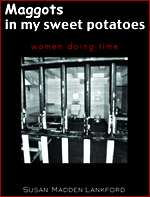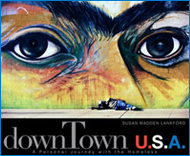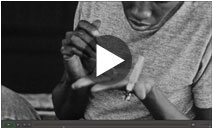Funny how we all look up to our heroes. For some of us they are captains of industry, for others they are comic book characters, and for a vast swathe of the American public they are sports stars. The non-fictional ones can often be found espousing causes they find important, whether out of real altruism or because they are seeking the limelight. Either way they can often provide a boost in awareness on the issues they publically endorse.
Kobe Bryant is one of those everyday heroes who comes from the world of basketball, and he is doing just that. Wednesday saw the release of a series of videos that he created in partnership with TakePartTV. The subject? Homelessness.
Take a quick look at the Intro Video in the series and then we will move on (the rest are embedded at the bottom of this post).
The Hufffington Post tells us a bit more about Kobe’s perspective on the subject:
This web series is a part of Bryant’s ongoing effort to fight homelessness in LA County, which is home to about 254,000 homeless individuals — more than any other city in the U.S.
In September, the Kobe and Vanessa Bryant Family Foundation completed renovation of My Friend’s Place, a drop-in center for homeless youth in Hollywood. Bryant will also be the honorary chair for “HomeWalk in LA” on Nov. 17. You can sign up to join Kobe’s team here .
‘There has to be something else bigger than just yourself and what you leave out on the basketball court. You have to use that to affect change and affect change in a serious way,’Bryant said in ‘Mission.’
The videos themselves take a page from our strategy: personal narrative. After the introductory videos, the rest are Kobe’s conversations with the homeless of Skid Row. Four residents of the Los Angeles Mission are interviewed. Anonymous faces resolve into: Anthony , Dennis , Kenneth , and Reggie (videos embedded at the bottom of this post).
These are real human beings who are actively trying for something better in the face of terrific odds and obstacles that change almost daily. It is hard to look into these all-too-human faces as they report from the trenches of human adversity. While you would probably pass any of them by without notice on the street, seeing these videos leaves you wishing you knew them better.
Eric Freeman on Sports.Yahoo.Com helps us keep Bryant’s efforts in perspective:
It’s important to temper our praise for what Bryant is doing here — it’s not as if he spends his off-hours volunteering at the mission or is single-handedly taking people off the streets. But appearing in this series is still very meaningful, because it ensures that more people will see this series than if he’d merely lent his name to the project or provided narration. Basketball fans follow the events of Kobe Bryant’s life. By interacting with the homeless himself, Kobe knew that he’d reveal the experiences of the homeless to an audience that may not have encountered them otherwise.
Take a few minutes and watch these videos. Meet some of the people who have slipped off the radar and see that they are not that far from you and me.
First off is Kobe’s impression of the Mission and Skid Row after walking the streets and talking with the people living rough there.
Meet Anthony
Meet Dennis
Meet Kenneth
Meet Reggie



















